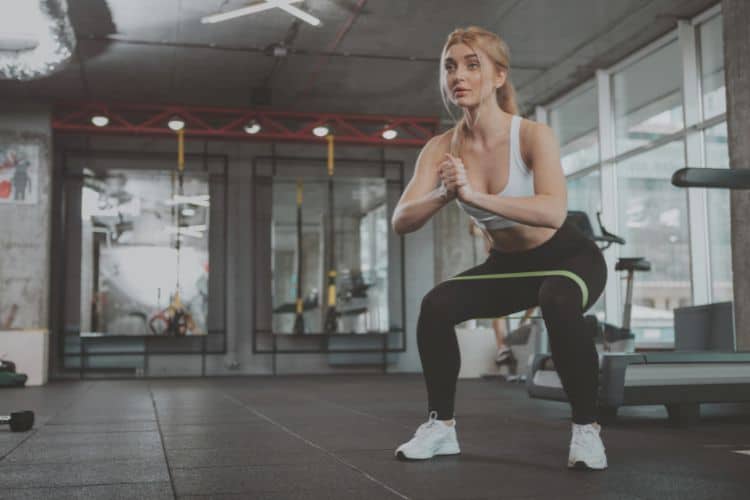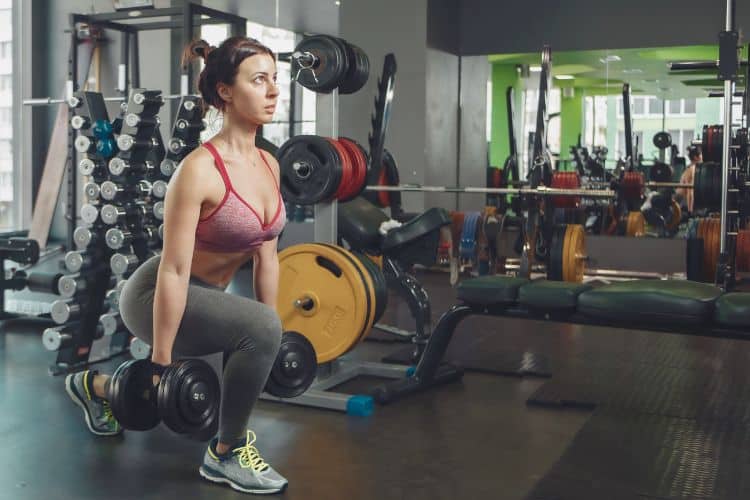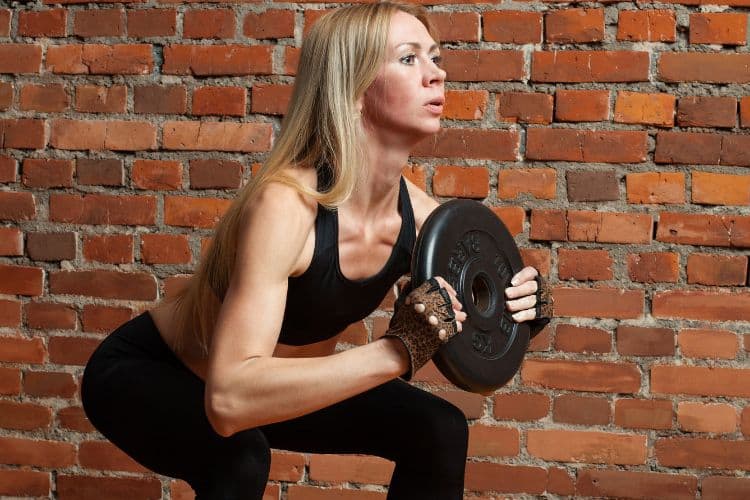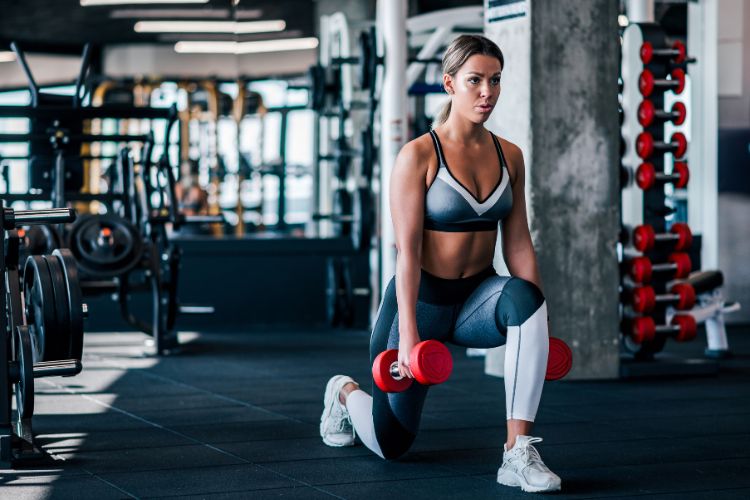Sign up for workout ideas, training advice, reviews of the latest gear and more.






Embarking on a fitness journey can be both exciting and daunting, especially for women looking to achieve their fitness goals. A full-body workout plan is a powerful tool to enhance strength, improve cardiovascular health, and sculpt the body. This comprehensive guide is tailored for women seeking an effective and balanced full body workout routine plan. We’ll explore a variety of exercises that target different muscle groups, ensuring a holistic approach to fitness.
A full-body workout engages all major muscle groups in a single session. This type of training is efficient for burning calories, building muscle, and improving overall fitness. It’s particularly beneficial for those with limited time, as it offers a comprehensive exercise solution without the need for daily gym visits.
Full-body workouts are especially beneficial for women as they promote muscle tone, fat loss, and improved bone density. Additionally, these workouts can enhance flexibility and stability, which are crucial for daily activities and injury prevention.
Frequency and Duration
For optimal results, aim for 3 to 4 full-body workout sessions per week. This allows for adequate rest and recovery between sessions. Each workout should last between 45 to 60 minutes, ensuring enough time to target all major muscle groups without overtraining.
Warm-Up and Cool-Down
Begin each session with a 5 to 10-minute warm-up to prepare your muscles and prevent injuries. A cool-down period with stretching exercises is equally important to promote recovery and flexibility.
1. Squats
2. Lunges
1. Push-Ups
2. Dumbbell Rows
1. Jump Rope
2. High-Intensity Interval Training (HIIT)
While the exercises mentioned provide a solid foundation for a full-body workout plan, customization based on personal goals, fitness levels, and preferences is crucial. Varying your routine every 4 to 6 weeks can prevent plateaus and maintain progress. Listening to your body and adjusting the intensity, weights, and rest periods is essential for continuous improvement and injury prevention.
To complement your workout regimen, paying attention to nutrition is essential. A balanced diet fuels your workouts and aids in recovery, ensuring you get the most out of every session.
Protein-Rich Foods: Incorporate lean proteins such as chicken, fish, tofu, and legumes into your diet to support muscle repair and growth. Protein shakes or bars can also be effective, especially after workouts.
Healthy Fats: Avocados, nuts, seeds, and olive oil provide essential fatty acids that promote heart health and reduce inflammation, aiding recovery.
Complex Carbohydrates: Whole grains, fruits, and vegetables offer the energy your body needs for sustained activity and recovery.
Hydration: Adequate water intake is crucial for optimal performance and recovery. Aim to drink at least 8 glasses of water a day, more if your workout intensity or climate increases your need.
Rest and recovery are as critical as the workouts themselves. They allow your muscles to repair and grow stronger.
Active Recovery: Incorporate light activities like walking, yoga, or stretching on rest days to keep your muscles engaged without overexerting them.
Sleep: Aim for 7-9 hours of quality sleep per night. Sleep is when much of your muscle repair and growth occurs.
Rest Days: Schedule at least one to two full rest days per week to allow your body to recover fully. These days are crucial to prevent overtraining and injuries.
Staying motivated and maintaining a positive mental attitude are vital components of a successful fitness journey.
Set Realistic Goals: Establish short-term and long-term goals that are achievable and measurable. Celebrate your milestones to keep motivated.
Find a Workout Buddy: Exercising with a friend can increase accountability, keep you motivated, and make workouts more enjoyable.
Stay Positive: Replace negative thoughts with positive affirmations. Believe in your ability to achieve your fitness goals.
Mindfulness and Meditation: Incorporate mindfulness practices to reduce stress and improve focus. Meditation can enhance your mental resilience, helping you overcome challenges in and out of the gym.
As you become more comfortable with the foundational exercises, consider incorporating more advanced variations to continue challenging your body.
Plyometric Squats: Add a jump to your squats to increase power and burn more calories.
Renegade Rows: Combine planks with dumbbell rows for a challenging core and upper body exercise.
Deadlifts: This compound movement targets the lower back, glutes, hamstrings, and core. Start with light weights and focus on form.
Burpees: A high-intensity exercise that combines a squat, push-up, and jump for a full body workout plan for women.
Leverage technology to enhance your workout plan. Many fitness apps provide workout routines, tracking features, and personalized coaching. Apps like MyFitnessPal can help you monitor your diet, while Strava or Fitbit track your physical activities and progress. These tools can offer valuable insights and keep you motivated on your fitness journey.
A full-body workout plan for women is a comprehensive approach to fitness that balances strength, flexibility, cardiovascular health, and mental well-being. By incorporating a variety of exercises, focusing on nutrition and recovery, and staying motivated, you can achieve your health and fitness goals. Remember, the journey to fitness is personal and evolving. Listen to your body, adjust your plan as needed, and celebrate every step forward. Embrace the journey with confidence, knowing you’re building a healthier, stronger version of yourself.
Stay up to date on the latest women’s health, fitness and lifestyle trends and tips.